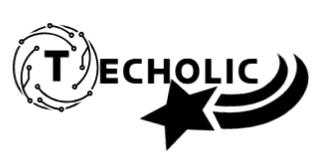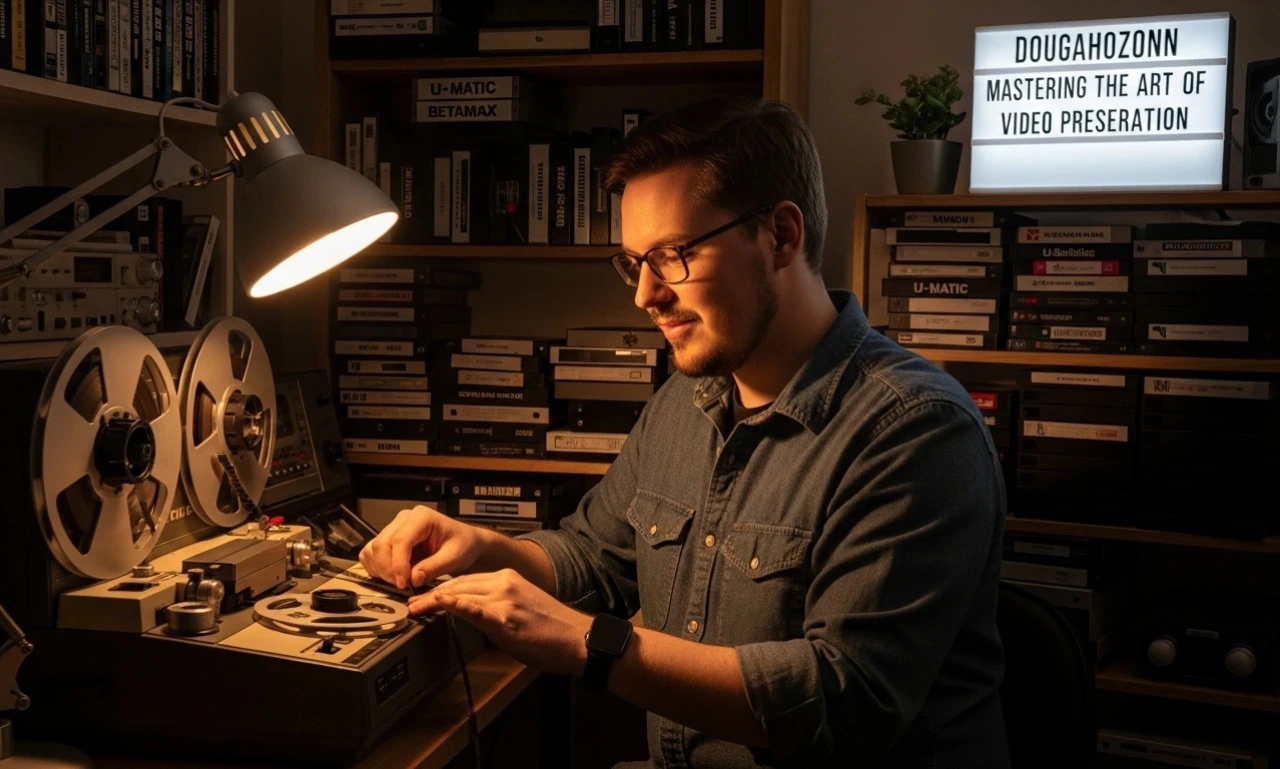In a world where videos dominate our screens, dougahozonn has become a vital practice. The word dougahozonn comes from the Japanese term “動画保存,” which directly translates to “video saving” or “video preservation.” But in today’s fast-paced digital landscape, its meaning stretches far beyond a simple act of saving files. It embodies a philosophy — a conscious approach to protect, organize, and future-proof our visual memories and creative works.
From social media clips to cinematic masterpieces, every video tells a story worth preserving. Whether you’re a content creator, filmmaker, or casual smartphone user, understanding and applying dougahozonn principles ensures that your stories endure the test of time.
The Real Meaning Behind Dougahozonn
At its simplest, dougahozonn means to save videos — but its deeper sense revolves around how and why we save them. It’s not just about storage; it’s about sustainability, accessibility, and creative continuity.
Imagine spending months crafting a documentary, only to lose it due to a corrupted hard drive or obsolete format. That’s where dougahozonn steps in — as a digital safety net that shields your creations from time, technology, and accidents.
In professional settings, dougahozonn forms part of digital asset management systems. In personal life, it ensures precious memories — birthdays, travel adventures, and family milestones — are not lost to data decay. It’s both a technical discipline and an emotional safeguard.
Why Dougahozonn Matters More Than Ever
The world generates more video content today than at any point in history. Every minute, millions of hours are uploaded, shared, and deleted. Amid this flood, it’s easy to lose valuable footage forever.
Here’s why practicing dougahozonn matters:
-
Protects Memories and Investments: Videos represent time, creativity, and money. Proper saving prevents loss.
-
Guards Against Technological Change: File formats, devices, and storage systems evolve — preserved files need future compatibility.
-
Ensures Accessibility: Having a structured archive allows instant retrieval without endless searching.
-
Supports Creativity: Old footage often fuels new ideas, remixes, and nostalgic projects.
-
Preserves History: Videos capture moments that can become cultural or personal treasures.
In essence, dougahozonn is not just about saving files; it’s about saving meaning.
The Core Pillars of Dougahozonn
Practicing dougahozonn effectively involves six key elements:
1. Capture
It starts with recording. Use reliable devices and formats to ensure the footage’s original quality remains intact. Avoid compressed or unstable recording settings that compromise long-term preservation.
2. Storage
Choose where and how to store your videos wisely. Cloud drives, external SSDs, and NAS (Network Attached Storage) systems are common options. Professionals often use a hybrid approach — local backups plus cloud redundancy.
3. Organization
Naming conventions, metadata, and folder structures play a crucial role. Without proper labeling, even the best archives can become digital jungles.
4. Preservation
Preservation isn’t just storage — it’s proactive care. Check file integrity regularly, migrate data to new formats, and guard against hardware failure.
5. Access
Saving a video is useless if it can’t be accessed later. Ensure software compatibility, maintain playback tools, and avoid obscure formats.
6. Reuse
A preserved video becomes an asset when reused. Whether for new edits, compilations, or reference material, accessibility fuels creativity.
How to Apply Dougahozonn in Practice
You don’t need to be a professional archivist to practice dougahozonn. Follow these practical steps to get started:
-
Set Clear Retention Goals: Decide which videos are temporary, long-term, or permanent.
-
Use Trusted Formats: Save in universal, widely supported formats like MP4 (H.264/H.265).
-
Keep a Master Copy: Always maintain an untouched “master” version of your video.
-
Maintain Multiple Backups: Store copies in at least two separate physical or cloud locations.
-
Check Files Regularly: Every few months, play stored videos and verify their condition.
-
Add Metadata and Tags: Note details like dates, locations, and content descriptions.
-
Encrypt Sensitive Footage: Protect privacy and intellectual property when needed.
-
Plan for Future Migration: Re-encode files when technology shifts to prevent obsolescence.
These habits may seem small, but collectively, they form the backbone of sustainable dougahozonn.
Benefits of a Strong Dougahozonn Strategy
The advantages of a proper video preservation system are profound:
-
Peace of Mind: You know your valuable footage is safe and organized.
-
Efficiency: Retrieve clips quickly for editing or repurposing.
-
Longevity: Maintain access to videos years or decades later.
-
Professionalism: For creators, structured archives enhance workflow and client trust.
-
Historical Value: Your videos could serve educational, cultural, or personal significance.
The real magic of dougahozonn lies in turning chaos into clarity — where every saved clip becomes part of a living digital library.
Common Mistakes to Avoid in Dougahozonn
Many people attempt video saving but fall into predictable traps:
-
Relying on One Device: A single drive is never enough.
-
Neglecting Metadata: Without details, files lose meaning.
-
Ignoring Format Changes: Outdated codecs can make old videos unplayable.
-
Poor Folder Organization: Random naming and messy structures create confusion.
-
Skipping Integrity Checks: Corruption can go unnoticed for years until it’s too late.
-
Cloud-Only Dependence: Cloud platforms can change terms, shut down, or delete inactive data.
Avoiding these pitfalls ensures that your dougahozonn strategy remains reliable and future-proof.
The Future of Dougahozonn
As digital technology advances, the scope of dougahozonn will continue to expand. Emerging trends include:
-
AI-Powered Indexing: Artificial intelligence can automatically tag, categorize, and even detect content within video archives.
-
Decentralized Storage: Blockchain and distributed cloud systems may provide new models for secure, tamper-proof video storage.
-
Sustainable Archiving: With energy efficiency becoming a concern, eco-friendly storage solutions are gaining traction.
-
Standardization: Cultural institutions are developing consistent formats and metadata frameworks for long-term preservation.
-
Legal Evolution: As data privacy laws tighten, dougahozonn will need to integrate compliance and ethical practices.
Tomorrow’s dougahozonn will be smarter, greener, and more accessible than ever before.
Case Example: A Studio’s Dougahozonn Journey
Let’s take an example of a small creative studio producing travel documentaries. Initially, their video files were scattered across laptops and portable drives. After losing two projects due to drive failure, they embraced a structured dougahozonn system.
They adopted the following workflow:
-
Saved every master copy on a dedicated NAS with daily backups.
-
Uploaded secondary copies to a secure cloud with versioning enabled.
-
Implemented file naming rules: “YYYYMMDD_Location_Subject_V1.mp4.”
-
Added metadata for quick retrieval.
-
Conducted biannual integrity checks.
Within months, their productivity improved. Editors could instantly locate clips, clients received faster revisions, and the team’s creative confidence grew. This real-life case shows that dougahozonn is not theoretical — it’s transformative.
Ethical and Legal Dimensions of Dougahozonn
Beyond technology, dougahozonn involves moral responsibility. Videos often include people, private spaces, or sensitive topics. Preserving such content must respect consent, ownership, and copyright laws.
Creators should:
-
Obtain permission before archiving or sharing footage of others.
-
Respect intellectual property and licensing restrictions.
-
Secure archives containing personal or confidential data.
-
Avoid saving or distributing harmful content.
Practicing ethical dougahozonn ensures not just safe data — but also safe storytelling.
The Cultural Significance of Dougahozonn
Video is one of the most powerful storytelling mediums of our time. It captures voices, emotions, and realities that written words often cannot. Practicing dougahozonn means preserving culture — the laughter of a generation, the art of a movement, the memory of an era.
From family recordings to historical documentaries, every video saved responsibly becomes a thread in the collective fabric of human history.
Conclusion
In an age where content fades faster than it’s created, dougahozonn reminds us to pause — to preserve. It’s not merely a technical task but a creative philosophy rooted in care, responsibility, and foresight.
Practicing dougahozonn protects your work, strengthens your creativity, and connects your present to the future. Whether you’re a filmmaker, a teacher, a student, or a casual recorder of life’s moments, remember this truth: videos don’t just hold pixels — they hold stories. And through dougahozonn, those stories never have to disappear.

